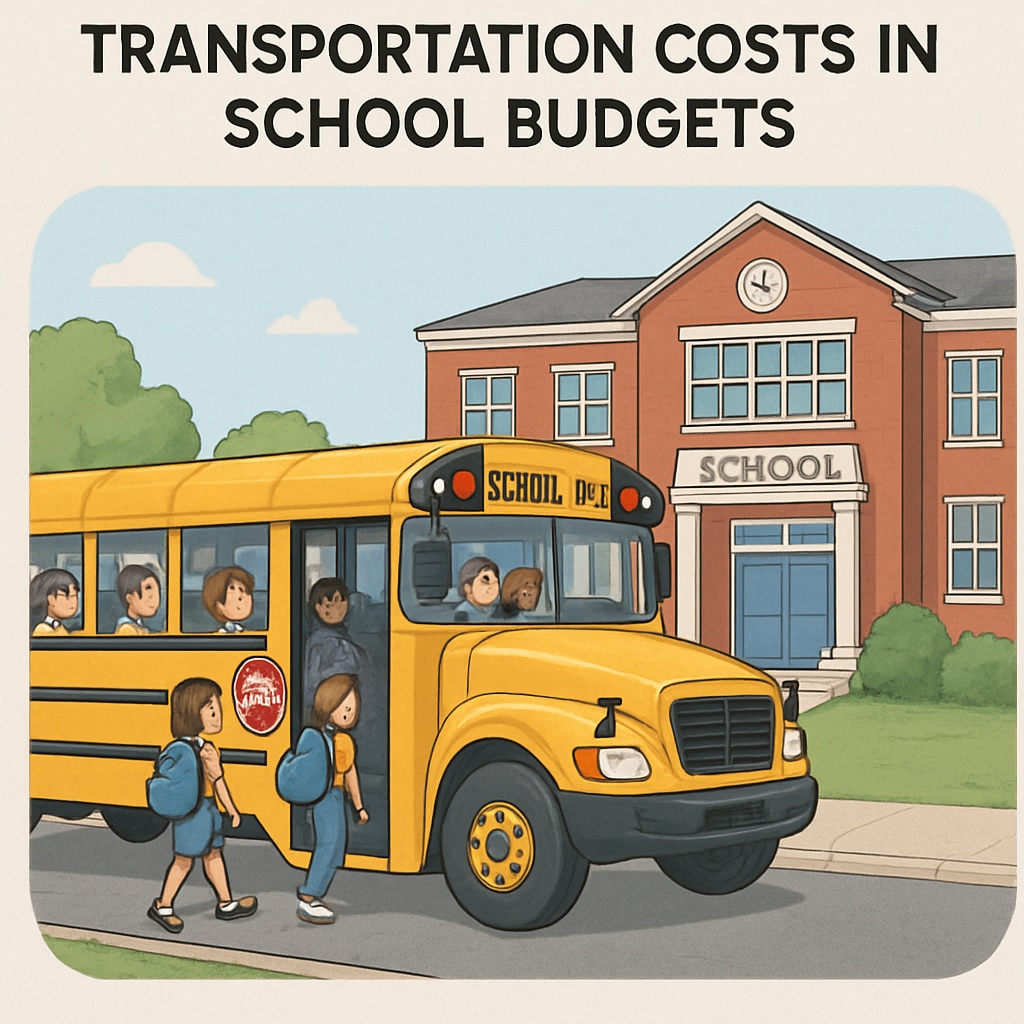School budgets are a critical aspect of ensuring equitable access to education, yet the manipulation of funding data can lead to misleading statistics. Specifically, the deliberate inflation of per-student spending through targeted funding, such as increased transportation expenses, impacts how resources are allocated among students. By examining this phenomenon, we uncover the challenges within school budgeting systems and advocate for transparent financial practices.
The Role of Transportation Costs in Inflating Per-Student Spending
Transportation services are a necessary component of school operations, ensuring students have access to education. However, in some cases, districts manipulate funding allocations by disproportionately increasing transportation expenses. This artificially inflates the “per-student spending” metric, creating a misleading picture of how resources are distributed. For example, a district may allocate significant funds to bus routes, maintenance, or outsourced transportation services, which may not directly benefit classroom learning or educational outcomes.

While transportation is essential, its overemphasis in financial reporting can mask disparities in funding for core educational needs, such as classroom materials, teacher salaries, and extracurricular programs. The result is a distorted view of how well schools are actually supporting their students.
Hidden Disparities in Resource Allocation
When funding manipulations inflate per-student spending statistics, they often obscure deeper inequities in resource allocation. Schools in affluent areas may have larger budgets overall, allowing them to spend more on transportation while still providing robust educational resources. Meanwhile, schools in low-income districts may struggle to balance transportation costs with essential educational investments.
As a result, per-student spending numbers may give the illusion of equity across districts, even though the quality of education and access to resources can vary significantly. For example, some schools may lack modern technology, sufficient staff, or updated textbooks, despite reporting high per-student spending figures. The disparity highlights the need for a more nuanced approach to evaluating school budgets.

Advocating for Transparency in School Budgets
To address these issues, schools and policymakers must prioritize transparency in budget reporting. Clear breakdowns of how funds are allocated—separating transportation, administrative costs, and direct educational spending—can help stakeholders better understand where resources are truly going. In addition, adopting standardized reporting practices across districts can minimize opportunities for manipulation and ensure fair comparisons.
Several organizations and research institutions have called for reforms in education funding transparency. For instance, the Britannica Education Initiative emphasizes the importance of equitable funding to improve learning outcomes, while the Wikipedia entry on education funding provides an overview of global challenges in this area. By leveraging these insights, districts can develop policies that truly prioritize student success.
Transparent school budget management is not only vital for fairness but also for ensuring that every student receives the resources they need to thrive. Whether it’s through better reporting practices or rethinking funding priorities, schools must commit to honesty and equity in their financial operations.
Readability guidance: This article uses short paragraphs, clear subheadings, and examples to improve comprehension. Lists and external links provide additional context and reduce information overload. Overuse of passive voice and long sentences has been avoided to enhance readability.


